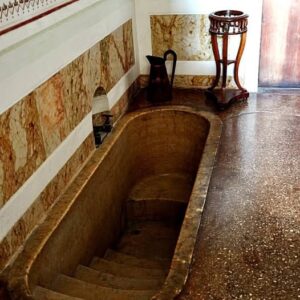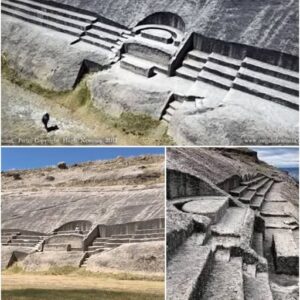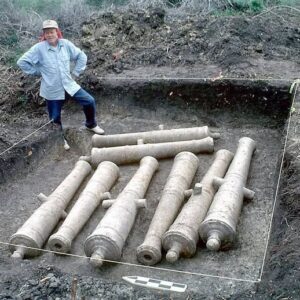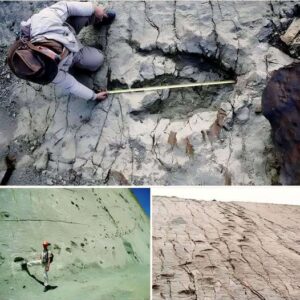A team of archaeologists from the Austrian Academy of Sciences (ÖAW), in collaboration with Serbian researchers, has made a groundbreaking discovery at Svinjarička Čuka – the impressive remains of a rectangular dwelling dating back to approximately 6,000 BCE. This ancient structure, crafted with wickerwork and supported by sturdy wooden posts, has been remarkably well-preserved, thanks in part to a fire that left it partially damaged. As researchers explored the interior, they were astonished to find overlapping floors, a myriad of tools, and fully intact storage vessels that paint a vivid picture of daily life eight millennia ago.
Noteworthy among the findings were the designated areas within the dwelling specifically allocated for food storage, which were brimming with grains and seeds. These revelations strongly indicate that the early farmers who called this place home were not nomadic wanderers but instead had established a settled, sedentary lifestyle complete with sophisticated methods of food preservation and storage.

For many years, prevailing archaeological scholarship had suggested that Neolithic communities in the Balkans were primarily transient or only temporarily settled. This perspective had been shaped by the abundance of pits present at various excavation sites, which were believed to have served as makeshift shelters. However, the remarkable discoveries at Svinjarička Čuka challenge and reshape this long-held understanding of ancient settlement patterns in the region.
The unearthing of this well-preserved dwelling not only provides valuable insights into Neolithic architecture and construction techniques but also offers a glimpse into the intricate daily lives of Europe’s earliest settled farmers. The meticulous excavation and analysis carried out by the research team shed new light on the social organization, economic activities, and resource management practices of these ancient communities, pushing the boundaries of our knowledge about the dawn of settled life in Europe.
In conclusion, the discovery of this 8,000-year-old home at Svinjarička Čuka stands as a testament to the resilience, ingenuity, and adaptability of our Neolithic ancestors, highlighting their remarkable capacity to establish thriving, stable communities with sophisticated agricultural practices and innovative architectural solutions. This find not only enriches our understanding of prehistoric Europe but also underscores the importance of continued archaeological research in uncovering the mysteries of our past.





